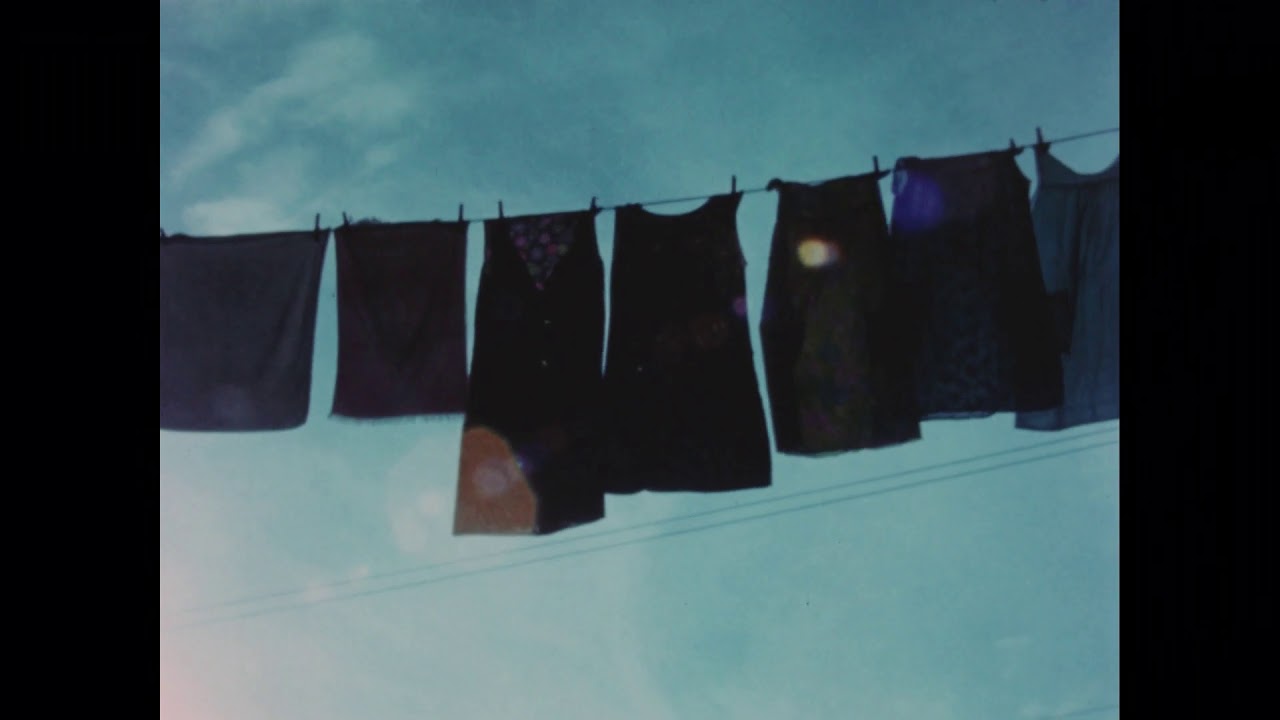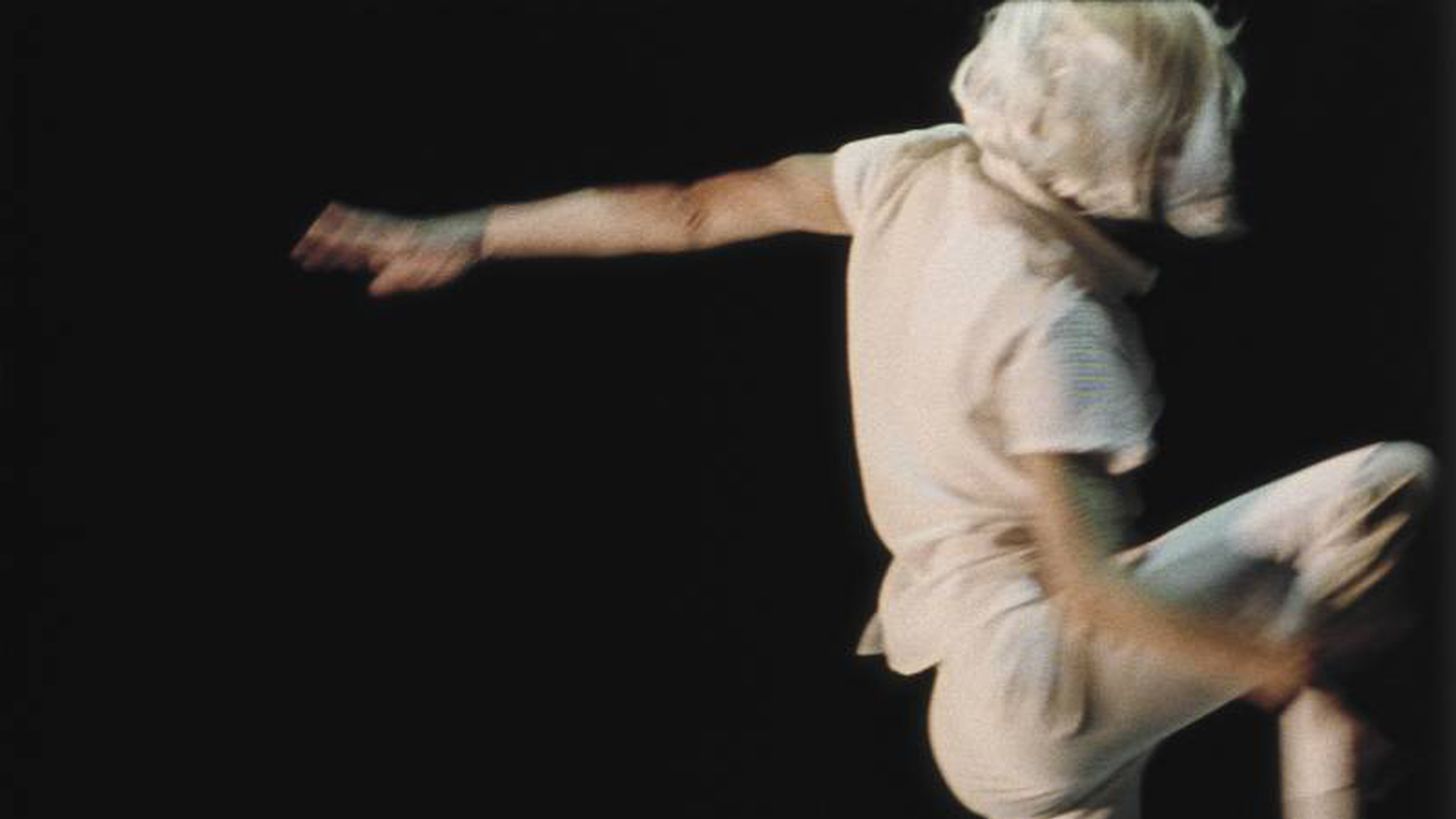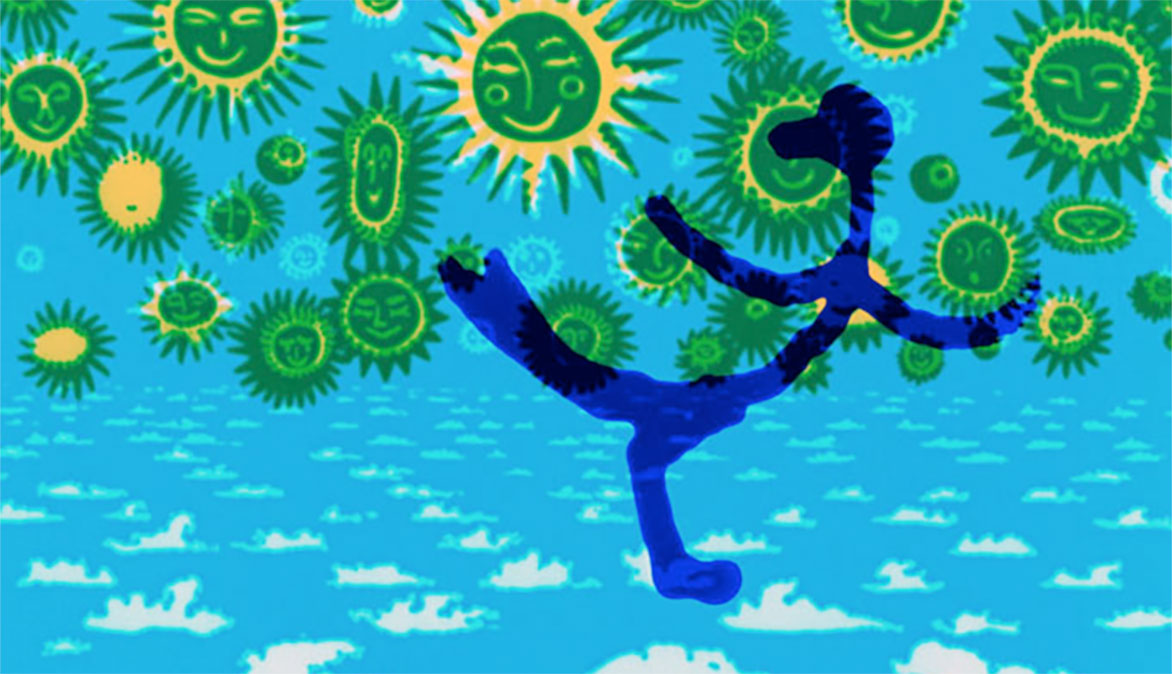
EXTRA_TERRESTRIAL
March 25 · Regal Riviera · 12:30 P.M.
60 minutes
Up is up, down is down, and—indeed—around is around in this program of cosmological transmissions and quizzical terrains. Whether expressing the ecstatically formless or the profoundly intimate, these films assert and obliterate the distances between ourselves and the unknown.
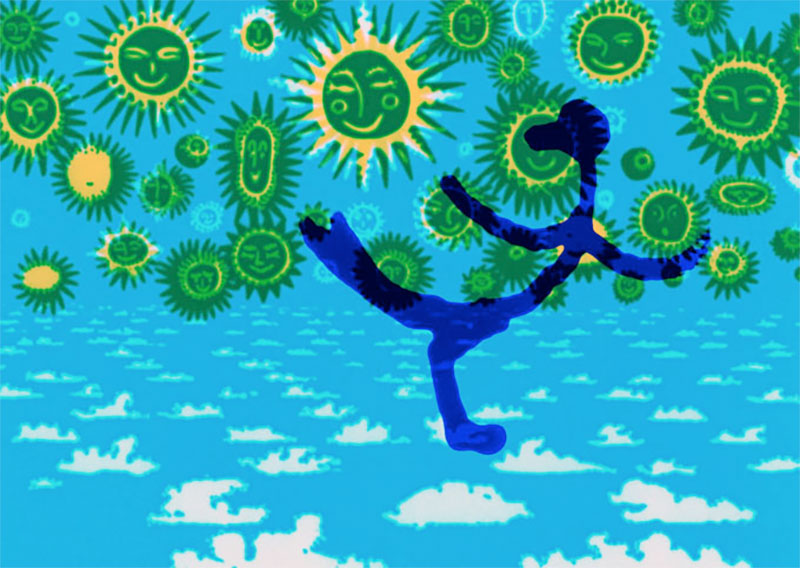
Now is the Time (To Put On Your Glasses)
Norman McClaren, 1951, 3 minutes
Legendary Canadian experimental animator Norman McLaren’s first forays into stereoscopy are some of the most impressive animations and 3D films you’re ever likely to see. Filled with cartoon suns and clouds and made in McLaren’s trademark hand-drawn style, Now is the Time features a self-generated soundtrack that he produced by photographing wave forms onto the sound strip of the film print itself.

Around is Around
Norman McClaren, 1953, 10 minutes
Unlike the more abstract sonic curiosities in Now is the Time, the sound that accompanies Around is Around is an orchestral score composed by Lou Applebaum. A total, rotary delight, Around is Around takes viewers to a great beyond, where galaxies and peculiar forms twirl and twist before us in a seductive, astral waltz.
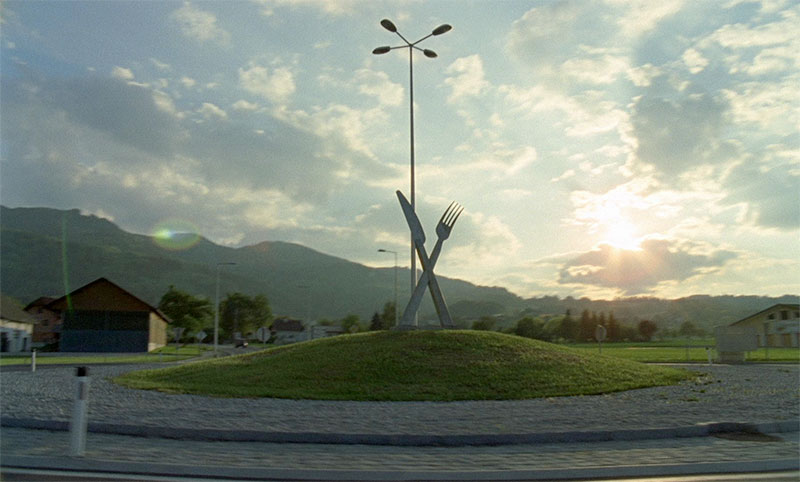
A to A
Johann Lurf, 2011, 5 minutes
Back on Earth, Johann Lurf’s A to A pivots — eternally, methodically — around an ever-transforming array of traffic roundabouts. Filmed in a great many locations but with only one camera, the depth effects were produced by offsetting the image for each eye — presenting our left eyes with the image two frames ahead of what our right eyes are seeing, allowing us to have two slightly skewed perspectives of the same center point, thereby creating depth.
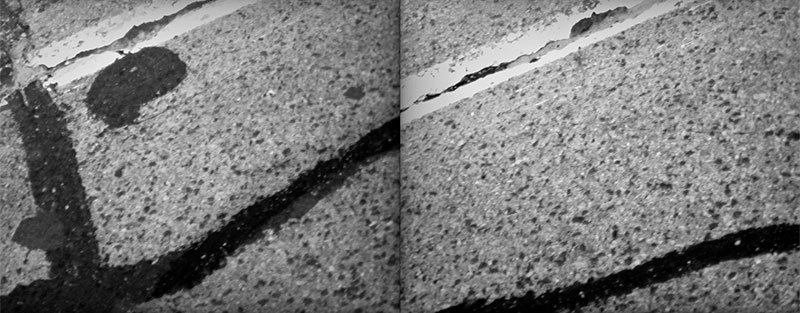
All Sides of the Road
Paul Kaiser & Marc Downie (aka OpenEndedGroup), 2012, 12 minutes
Still on the road, but now looking straight down, Paul Kaiser and Marc Downie’s dizzying dash down a tarred and patched up highway pavement could easily be mistaken for a hand-processed, materialist display of film grain and unevenly-distributed photo chemicals. It’s pure American road, though — canted and sloped, racing away from us as we drive ever toward it.
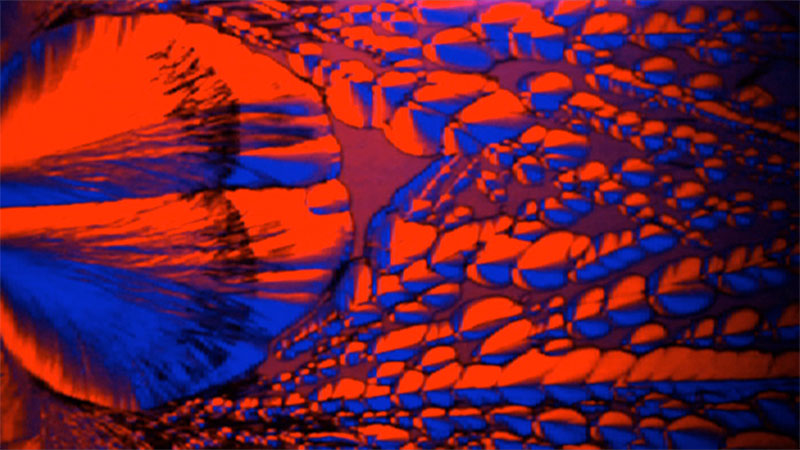
Terra Incognita
Kerry Laitala, 2009, 9 minutes
A shapeshifting, macrocosmic glimpse of mystical spaces and unknowable worlds, Kerry Laitala’s Terra Incognita is one of several films the Bay Area-based expanded cinema artist has made for the ChromaDepth format, a 3D technique that privileges primary colors — pressing reds and greens outward, and luring blues deep into the screen space.

UFOs
Lillian F. Schwartz, 1971, 3 minutes
We’re thrilled to present another pair of films by computer art pioneer Lillian F. Schwartz. Made in the early ’70s and utilizing the full color spectrum, these films were perfectly primed for the ChromaDepth format. UFOs is a fast-moving display of a spinning trio of orbs (or, if you’d like, UFOs), animated “at a rate faster and in concatenations more complex than eye and mind can follow or initiate.” (Amos Vogel)
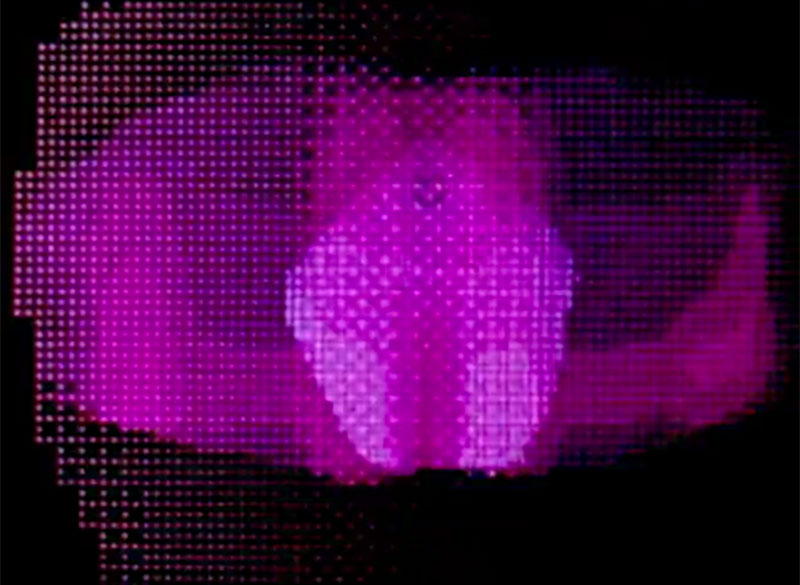
Apotheosis
Lillian F. Schwartz, 1972, 5 minutes
A Rorschach nightmare, Apotheosis was assembled from images of radiation treatment for human cancer patients. Digitized and saturated in computer chroma, these scans of the inner landscapes of the human body, when animated, become monstrously anthropomorphized kaleidoscopes of despair — like spirits howling at us from the other side. “The most beautiful and the most subtly textured work in computer animation I have seen.” (Roger Greenspun)
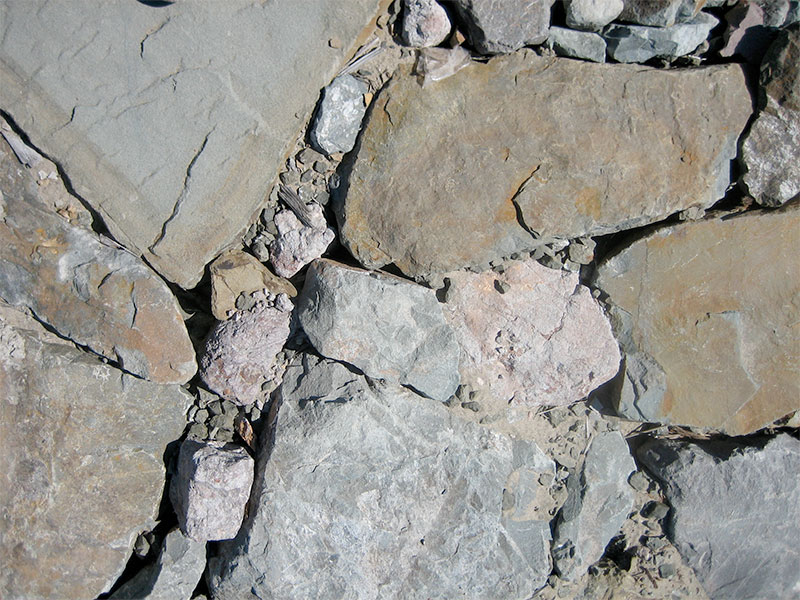
Speechless
Scott Stark, 2008, 13 minutes
“3D photographs of human vulvae are animated and interwoven with surfaces and textures from natural and human-made environments. The genital images were taken from a set of ViewMaster 3D reels that accompanied a textbook entitled The Clitoris, published in 1976 by two medical professionals.” (Scott Stark) There are, as you might expect, no words. And neither are they necessary.

